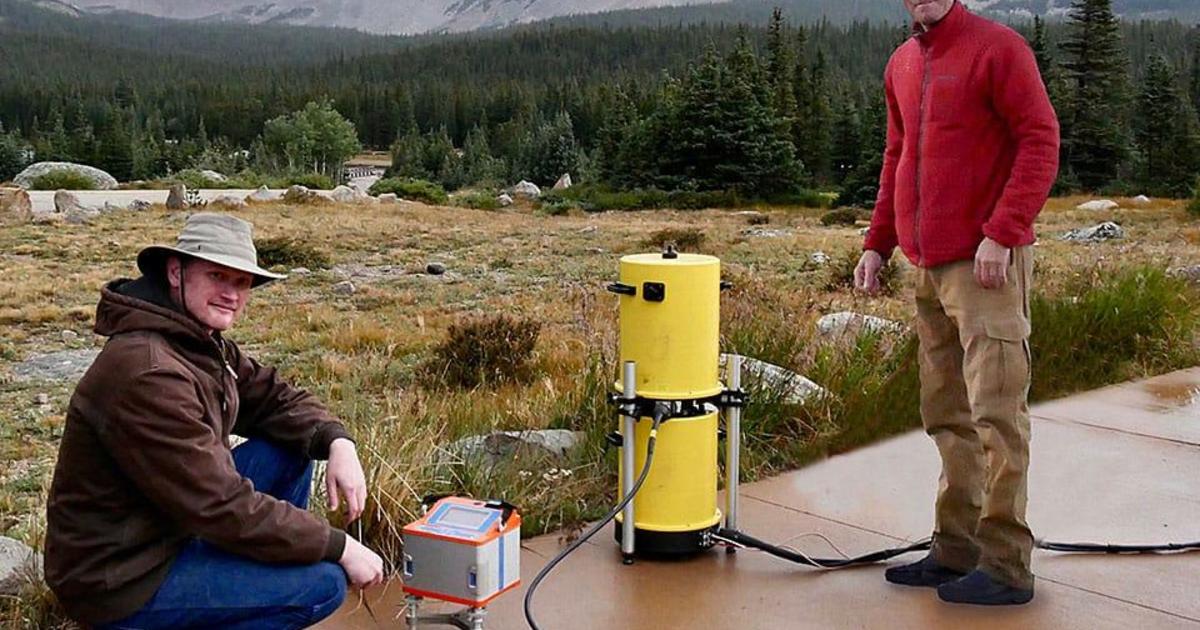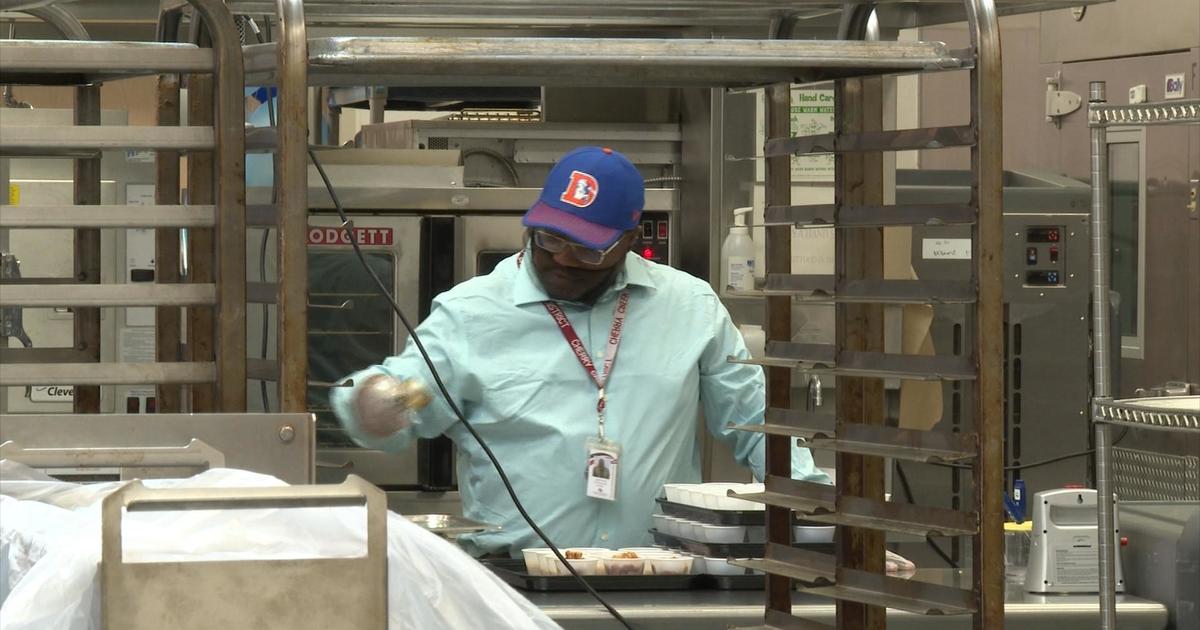Colorado 'Dairy Recession' Means Rising Milk Prices
GREELEY, Colo. (AP) - It might not be such great news for those who pour it on cereal, but recent increases in milk prices have offered some relief for dairy producers struggling to keep their heads above water.
Experts - along with local dairymen, some of whom are just now recovering from the "Great Dairy Recession" of 2009 - and today face historically high feed costs - say those increases must continue to create a break-even scenario for dairies.
While many agree that current trends suggest milk prices will continue rising, they wonder if prices will get as high as they need for dairymen to make a profit.
The price that dairymen get for their milk has gone up from about $16 per hundredweight this past spring to about $18-$19 recently. However, Colorado State University Extension dairy specialist Bill Wailes says milk prices will need to hit the $22-$22.50 range in upcoming months for dairymen to make some money, since feed costs are expected to stay high.
"With current trends in the industry, it looks like milk prices will continue increasing," Wailes said. "Hopefully, for our local producers, they'll make it to profitable levels."
In the end, consumers likely will pay more at grocery stores, according to the U.S. Department of Agriculture, which forecast this summer that dairy product prices in 2013 will climb 3.5 percent to 4.5 percent. Normal grocery price inflation is about 2.8 percent per year.
"It's been as difficult this year as it's ever been for the dairy industry," said Gege Ellzey, who operates a 200-head dairy near Galeton and serves as president of the Weld County Farm Bureau. "Better milk prices ... or lower feed costs ... are about the only things that can help us.
"And I don't see feed prices coming down any time soon."
Ellzey said just this year she finally paid off the debt she accumulated in 2009, which was a historically bad year for the dairy industry.
In one month during 2009, Ellzey said she got a $543 check for the milk she produced - not even close to covering her costs for labor, water, electricity, feed and other operating expenses, which, in 2009, she estimates would have been around $20,000 per month.
Milk prices collapsed in 2009 with decreasing demand in a weakened economy, and a healthy export market turned sour while the cost of feed skyrocketed, driven in part by the diversion of corn for ethanol production.
Things improved in 2010 and 2011, with milk prices rebounding during those years - but 2012, like 2009, has been a challenge.
Widespread droughts have created shortages of corn, hay and other sources of feed for livestock and dairy producers, and it has driven feed costs to historic highs.
Corn prices have increased more than 50 percent just this summer.
Soybeans are up by about the same amount, and hay prices today are about double what they were a year and a half ago.
Meanwhile, the price dairymen get for their milk hasn't seen such sharp increases.
Dairy farmers - including LaSalle-area producer Ron Shelton and Fort Morgan dairymen Chris Kraft, both of whom serve on the board of directors for the Western Dairy Association - estimate that feed costs for local producers have increased by about 30-40 percent since earlier this summer, while the price they get for their milk has gone up only about 10 percent in that time frame, maybe less.
To prevent the type of financial losses Ellzey endured in 2009, she said she's selling off more than 15 percent of her cows to slaughter this year, simply because she can't afford to feed all of the herd.
She said it's the most culling her family has had to do for financial reasons since starting the dairy in 1949.
Ellzey isn't alone.
Dairy cow culling in the U.S. jumped substantially in August - up 30,000 head over a year ago, a 12 percent upswing, and 36,000 head over July, up 15 percent, according to figures released last week by the USDA.
Being close to the animals, Ellzey said selling so many cows to slaughter early has been a difficult choice.
At the same time, though, dairy-cow culling is what's helping dairy farmers.
Wailes explained that the ongoing reduction in dairy cows is also reducing milk output across the U.S., and - as long as demand for dairy products doesn't fall off - that will help prices continue increasing.
"The dairy industry today certainly faces challenges," Wailes said. "But it looks like things could improve."
- By ERIC BROWN, The Tribune
(© Copyright 2012 The Associated Press. All Rights Reserved. This material may not be published, broadcast, rewritten or redistributed.)



